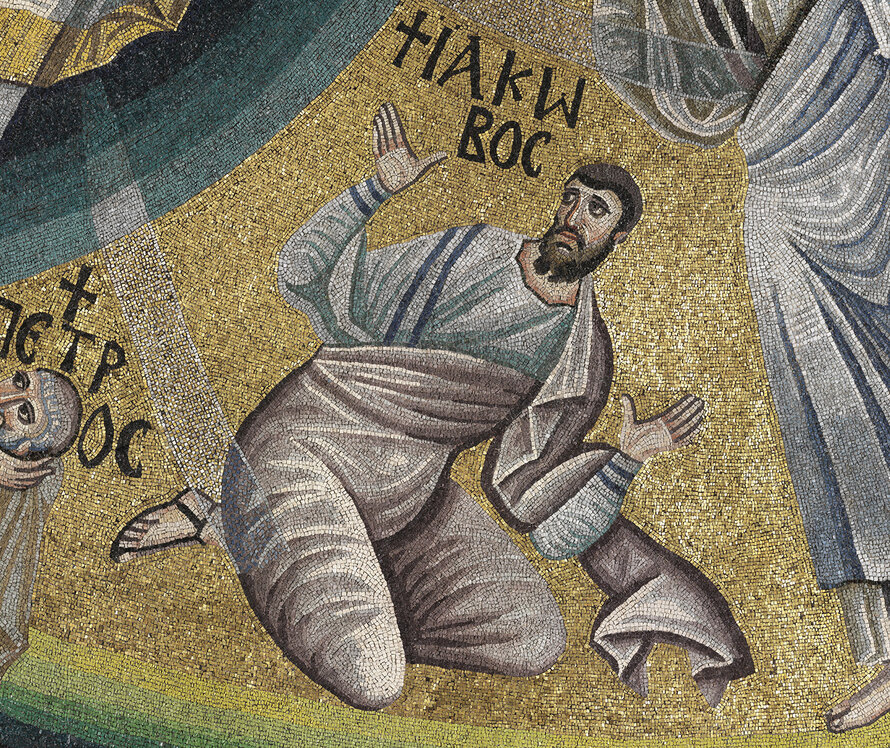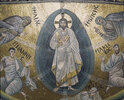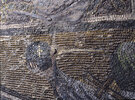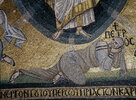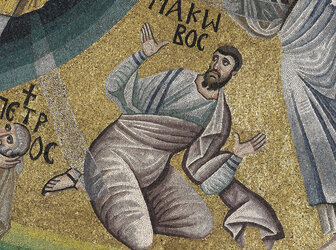Monastery of Saint Catherine, Sinai: the conservation of mosaics
The Greek Orthodox Monastery of Saint Catherine at Mount Sinai preserves one of the world’s richest collections of icons,manuscripts and historic documents. Its location is sacred to Judaism, Christianity and Islam. The Monastery in its present form was constructed by the ...
Read more
Project details
| Title: | Monastery of Saint Catherine, Sinai: the conservation of mosaics |
|---|---|
| Entr. year: | 2018 |
| Result: | Award |
| Country: | Egypt |
| Town: | Mount Sinai |
| Category type: | works of art and collections |
| Building type/ Project type: | Religious building/memorial |
| Former use: | Artworks |
| Actual use: | Artworks |
| Built: | 6th century |
| Architect / Proj.leader: | Dr. Roberto Nardi, Project Director | C.C.A., Centro di Conservazione Archeologica of Rome |
| The Jury's citation: | "The European cooperation between the Italian conservation experts and the Greek Orthodox Monastery which was undertaken in close consultation with the Egyptian authorities and has resulted in high-quality conservation work on an element of such an outstanding World Heritage Site as the Monastery of Saint Catherine in Sinai. The documentation and quality of the work are exceptional”. The jury noted “the strong scientific and religious collaboration in most complex circumstances to create innovative technical solutions which made it possible to carry out conservation during religious services and in the most sacred part of the site”. |
| GPS: | 28.334288 N, 33.565762E |
Description:
The Greek Orthodox Monastery of Saint Catherine at Mount Sinai preserves one of the world’s richest collections of icons,manuscripts and historic documents. Its location is sacred to Judaism, Christianity and Islam. The Monastery in its present form was constructed by the Byzantine Emperor Justinian and completed before 565 CE. This Basilica retains most of its 6th-century decorations, including the apse mosaic of the Transfiguration, a masterpiece of Eastern Christian art. In 1995 the Basilica suffered serious damage from an earthquake. In 1999 the Getty Foundation based in Los Angeles (USA) provided funding for a detailed survey and conservation study which were undertaken by the Monastery’s Technical Bureau based in Athens (Greece).The Getty Conservation Institute (GCI) then recommended Centro di Conservazione Archaeologica (CCA) based in Rome (Italy), for the conservation of the mosaics and in 2000 granted funding for the CCA’s survey and assessment of the mosaics. After considerable efforts,the Monastery was successful in obtaining a donation of $500,000 from the then Emir of Qatar, Sheikh Hamad bin Khalifa Al Thani.With this sum and a further donation of $250,000 from the Getty Foundation - the Monastery was able to cover the costs of the conservation work. The restoration work by the Monastery’s Technical Bureau on the apse walls and roof was completed in 2011.The conservation work on the mosaics by CCA was completed in 2016. The project was supported by the Egyptian Ministry of Antiquities. Due to necessary monitoring of all conservation work, as well as due to political upheavals in Egypt, the official opening was delayed until 2017.
